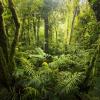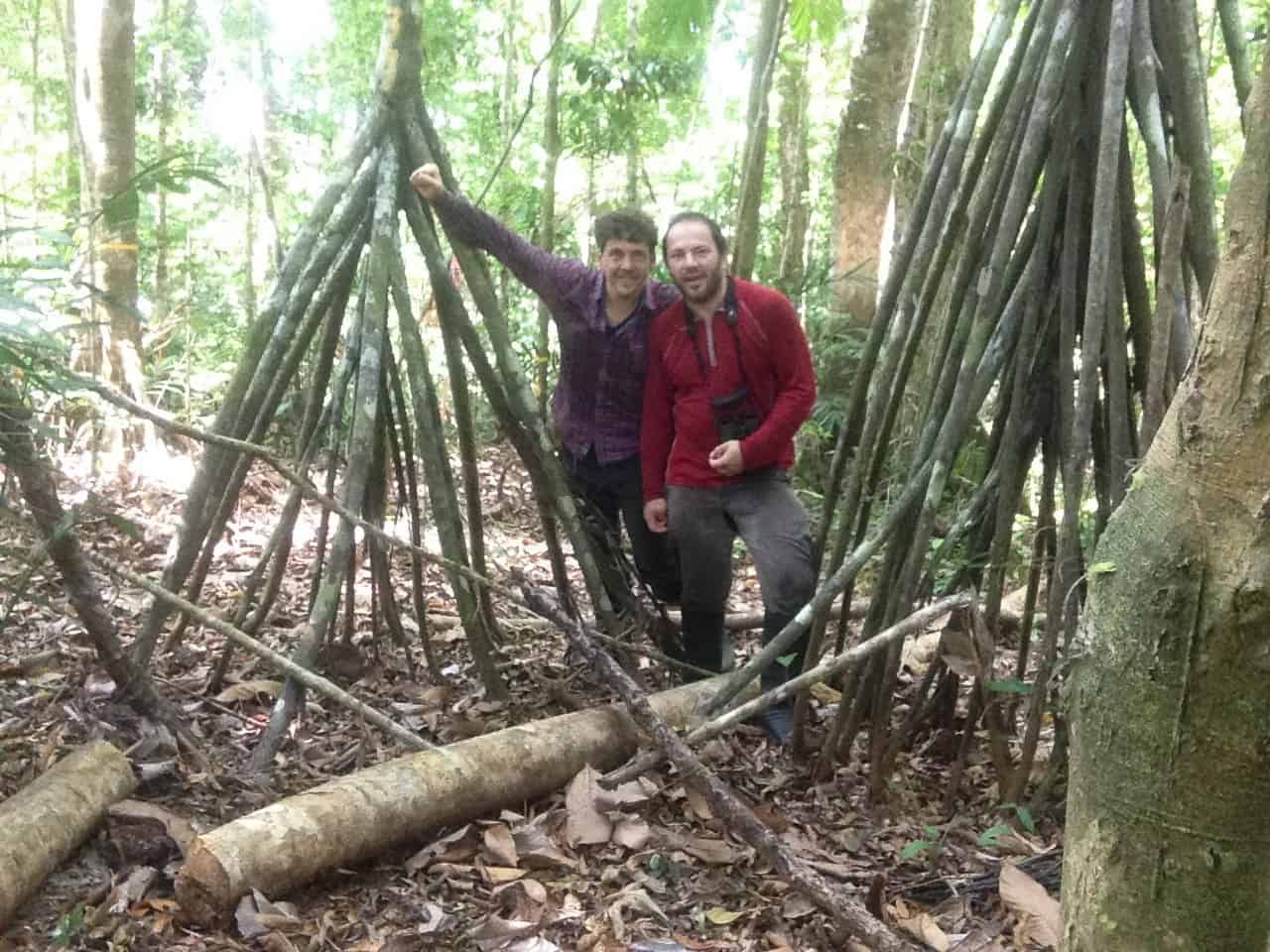
Florian Hofhansl writes about a successful paper on which he was the lead author that was recently ranked #32 on the list of the Top 100 most downloaded ecology papers published in 2020.
Early in 2020, one of my manuscripts titled “Climatic and edaphic controls over tropical forest diversity and vegetation carbon storage” was accepted for publication in the prestigious journal Nature Scientific Reports.
Initially, I was worried about the bad timing when I was informed that the paper would be published on 19 March – right at the onset of the COVID-19 pandemic – since it took me and my colleagues almost a decade to collect the data and publish our results on the biodiversity and functioning of tropical forest ecosystems.
 © IIASA
© IIASA
However, my worries completely disappeared when I learned that our research article had received more that 3,000 downloads, placing it among the top 100 downloaded ecology papers for Scientific Reports in 2020. This is an extraordinary achievement considering that Scientific Reports published more than 500 ecology papers in 2020. Seeing our paper positioned at #32 of the top 100 most downloaded articles in the field, therefore meant that our science was of real value to the research community.
We kicked off our study in the dry-season of 2011 by selecting twenty one-hectare forest inventory plots at the beautiful Osa peninsula – one of the last remnants of continuous primary forest – located in southwestern Costa Rica. We did not expect that our project would receive this much scientific recognition as we were merely interested in describing the stunning biodiversity of this remote tropical region. Nevertheless, we were striving to understand the functioning of the area’s megadiverse ecosystem by conducting repeated measurements of forest characteristics, such as forest growth, tree mortality, and plant species composition.
After periodically revisiting the permanent inventory plots, and recording data for almost a decade, we found stark differences in the composition of tropical plant species such as trees, palms, and lianas across the landscape. Most interestingly, these different functional groups follow different strategies in their competition for light and nutrients, both limiting plant growth in the understory of a tropical rainforest. For instance, lianas – which are long-stemmed, woody vines – are relatively fast growing and try to reach the canopy to get to the sunlight, but they do not store as much carbon as a tree stem to reach the same height in the canopy. In contrast, palms share a different strategy and mostly stay in the lower sections of the forest where they collect water and nutrients with their bundles of palm leaves arranged upward to catch droplets and nutrients falling from above, thus reducing local resource limitation.
 © Florian Hofhansl
© Florian Hofhansl
Our results indicate that each plant functional group – that is, a collection of organisms (i.e., trees, palms, or lianas) that share the same characteristics – was associated with specific climate conditions and distinct soil properties across the landscape. Hence, this finding indicates that we would have to account for the small-scale heterogeneity of the landscape in order to understand future ecosystem responses to projected climate change, and thus to accurately predict associated tropical ecosystem services under future scenarios.
Our study and its subsequent uptake by the research community, illustrates the value of conducting on-site experiments that empower researchers to understand crucial ecosystem processes and applying these results in next-generation models. Research like this makes it possible for scientists to evaluate vegetation–atmosphere feedbacks and thus determine how much of man-made emissions will remain in the atmosphere and therefore might further heat up the climate system in the future.
Our multidisciplinary research project furthermore highlighted that it is crucial to gather knowledge from multiple disciplines, such as botany (identifying species), plant ecology (identifying functional strategies), and geology (identifying differences in parent material and soil types) – since all of these factors need to be considered in concert to capture the complexity of any given system, when aiming to understand the systematic response to climate change.
Read more about the research here: https://tropicalbio.me/blog
Reference:
Hofhansl F, Chacón-Madrigal E, Fuchslueger L, Jenking D, Morera A, Plutzar C, Silla F, Andersen K, et al. (2020). Climatic and edaphic controls over tropical forest diversity and vegetation carbon storage. Scientific Reports DOI: 10.1038/s41598-020-61868-5 [pure.iiasa.ac.at/16360]
Note: This article gives the views of the author, and not the position of the Nexus blog, nor of the International Institute for Applied Systems Analysis.